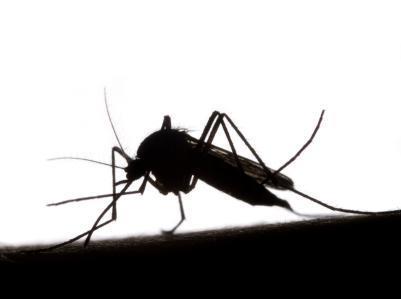As Dengue fever cases rise, risk managers must assess the threats across locations so that organisations can protect employees
Dengue fever, a potentially severe viral illness transmitted by mosquitoes, has experienced a significant upsurge in recent periods and expanded its geographic presence.
The World Health Organisation (WHO) estimates that around half of the global population is at risk of dengue and warns of the potential for a record level of cases worldwide.

International SOS, a health and security services company, says it has seen an almost 15% increase in dengue-related requests for information and assistance in the first half of 2023 compared to the same period in 2022.
Organisations and their risk managers are therefore advised to be proactive in safeguarding their workforce from dengue.
Where the risk is growing
While dengue is increasing globally, Brazil and Peru are experiencing one of the largest dengue outbreaks in their histories.
Bangladesh is also witnessing a surge in dengue cases linked to a longer transmission season from prolonged periods of rain and flooding.
The Americas are also of particular concern, where almost three million people have been infected in the first seven months of this year.
Moreover, as climate change continues to create hotter temperatures in Europe, dengue is spreading to new areas within the region.
Dr Irene Lai, group medical director at International SOS said, “Prevention and awareness are key in minimising the impact of dengue on individuals.
Although many people will have no or only mild symptoms, some people can be severely ill requiring hospitalisation and fatalities do occur. The risk of severe dengue is higher in people who have had past dengue infections.
”Dengue is primarily prevented by avoiding mosquito bites.
”Vaccines against dengue are available and may be recommended particularly for people who have had dengue in the past if they have to live in an area with high dengue activity.”
How businesses can assess and mitigate the risks
For organisations, best practice is to undertake risk assessments of their locations of operation as well as the locations their employees travel to.
Mitigation measures include education and awareness campaigns, keeping premises free of potential mosquito-breeding areas, providing access to mosquito-bite prevention supplies and ensuring that their travelling workforce undergo pre-deployment health assessments.”
Five steps organisations can take now
International SOS provides the top five guidelines for organisations to protect their employees from dengue fever:
- Pre-Travel Planning: Prior to travel, employees should receive comprehensive pre-travel health advice, including information about dengue fever risks, preventive measures and how to access essential healthcare at their destination.
- Mosquito Bite Prevention: Encourage employees to use insect repellent, wear protective clothing and stay in “mosquito-proof” accommodation with air conditioning and insect screens.
- Environmental Control: Organisations operating in high-risk areas should implement mosquito control measures, such as eliminating breeding sites and conducting regular inspections of work sites.
- Employee Education: Provide training and resources to increase employee awareness about dengue fever, its symptoms and preventive strategies.
- Provide Medical Support: Ensure employees have access to timely medical attention and resources to manage dengue fever effectively and prevent its progression to severe forms.




















No comments yet